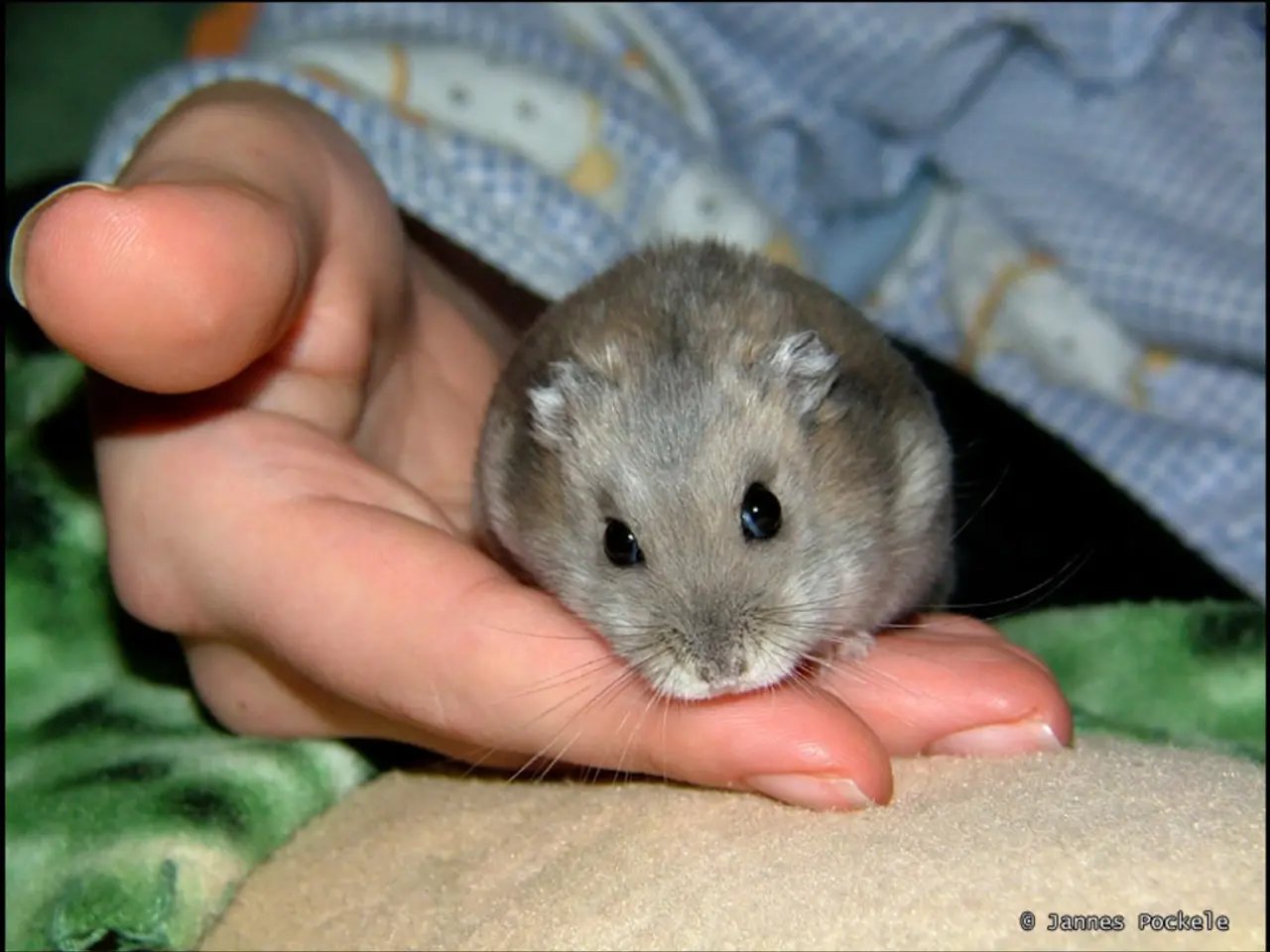Experiment Conducted in the 1970s Foretells Doom for Humanity-Reality Alarmingly Resembles Prediction
In the 1970s, a groundbreaking behavioural experiment was conducted by John B. Calhoun, funded by the National Institute of Mental Health. Known as Universe 25, this study took place in a lab environment with strict controls, mimicking social inequality rather than a utopian society [1].
The enclosure provided sixteen food dispensers, unlimited water, clean bedding, and ample nesting spaces. Four breeding pairs of mice were introduced into the enclosure with no external threats. The mouse population doubled roughly every 55 days, but when it reached around 620 mice, growth slowed dramatically [2].
Despite the appearance of unlimited resources, dominant mice monopolized food dispensers and nesting zones, leading to marginalization and psychological decline for subordinate mice [1]. This social inequality generated stress and behavioural pathology, not mere comfort or plentiful resources.
Calhoun coined the term "behavioural sink" to describe this pattern where social structures collapse despite material needs being met, leading to behavioural breakdown [3]. The pathological behaviours in Universe 25 were less about comfort and more about exclusion.
Male mice who failed to fit into social clusters became isolated and stopped mating. Some females abandoned their litters, and some even killed them, leading to a high newborn mortality rate [2]. A group of mice, labelled as the "beautiful ones," emerged and spent all their time grooming and eating but avoided social interaction [3].
Initially, Calhoun believed that the experiment might serve as a warning for human societies growing more urbanized and disconnected [1][5]. However, modern interpretations emphasize the role of unequal resource access and social hierarchy rather than abundance itself [1].
The persistence of hunger and malnutrition today, despite global food surplus, supports this view. According to the FAO (Food and Agriculture Organization), the planet produces enough food to support over 10 billion people, yet hunger and malnutrition persist due to uneven distribution and systemic barriers [4].
In summary, Universe 25 illustrates how abundance combined with social inequality and disrupted social structures can degrade social behaviour and reproductive success, leading to population collapse. It is less about abundance causing decline and more about how resources are distributed and how social organization is maintained under such conditions [1][3][5]. This experiment serves as a chilling glimpse into what happens when societies reach full comfort and abundance, where the lack of struggle erodes the need for cooperation, family, and reproduction.
- The experiment of Universe 25, which studied social inequality in a lab environment, reveals that even with abundant resources, the distribution of those resources and social hierarchies can lead to psychological decline, stress, and behavioral pathology, rather than just promoting comfort and well-being in health and wellness.
- In the modern context, the persistence of hunger and malnutrition, despite global food surplus, advocates for the interpretation that it's not abundance itself causing the problem, but rather the uneven distribution and systemic barriers, similar to the lessons learned from the Universe 25 experiment, implying a connection between pop-culture discussions on social inequality and this scientific study.
- The behavioral breakdown and reproductive failures observed in the Universe 25 mouse population demonstrate how social media platforms, which often present an image of abundance and comfort, may overlook the grave consequences of disrupted social structures, mental health issues, and isolation that can arise from social hierarchies, mirroring the insights gained from this scientific study in health-and-wellness and mental-health discussions.




